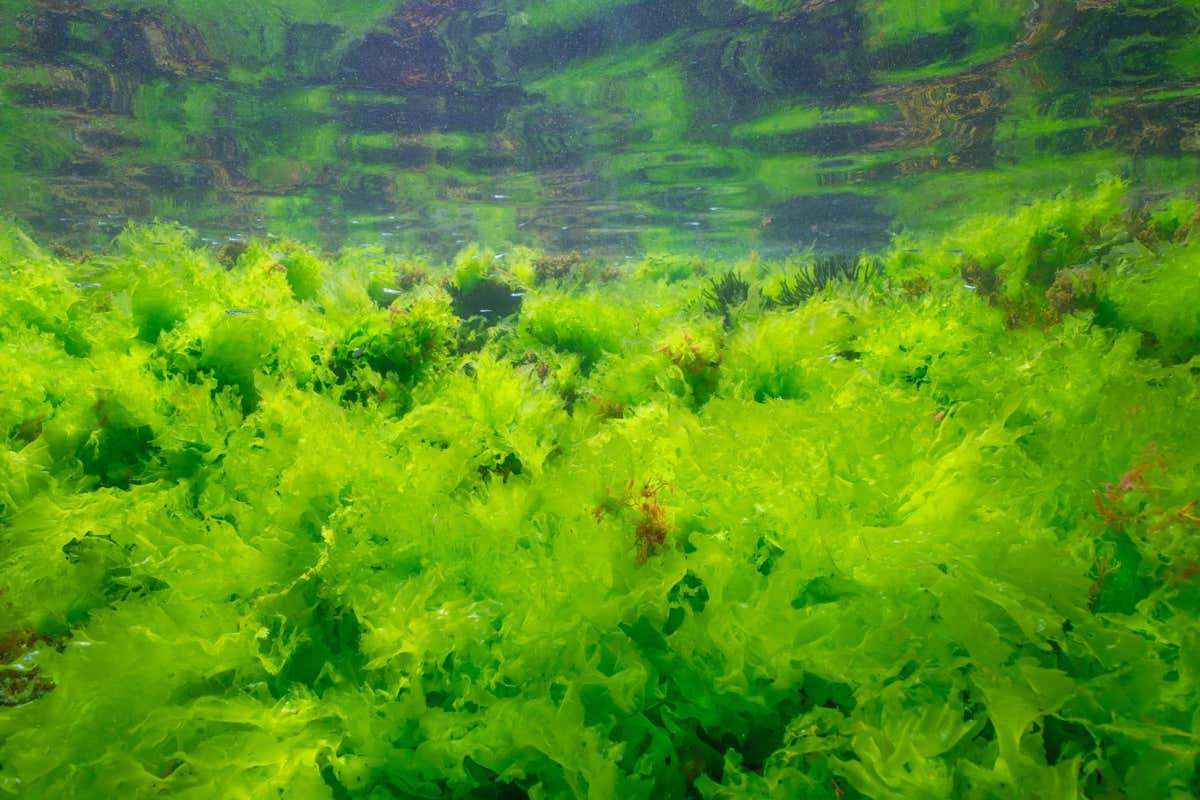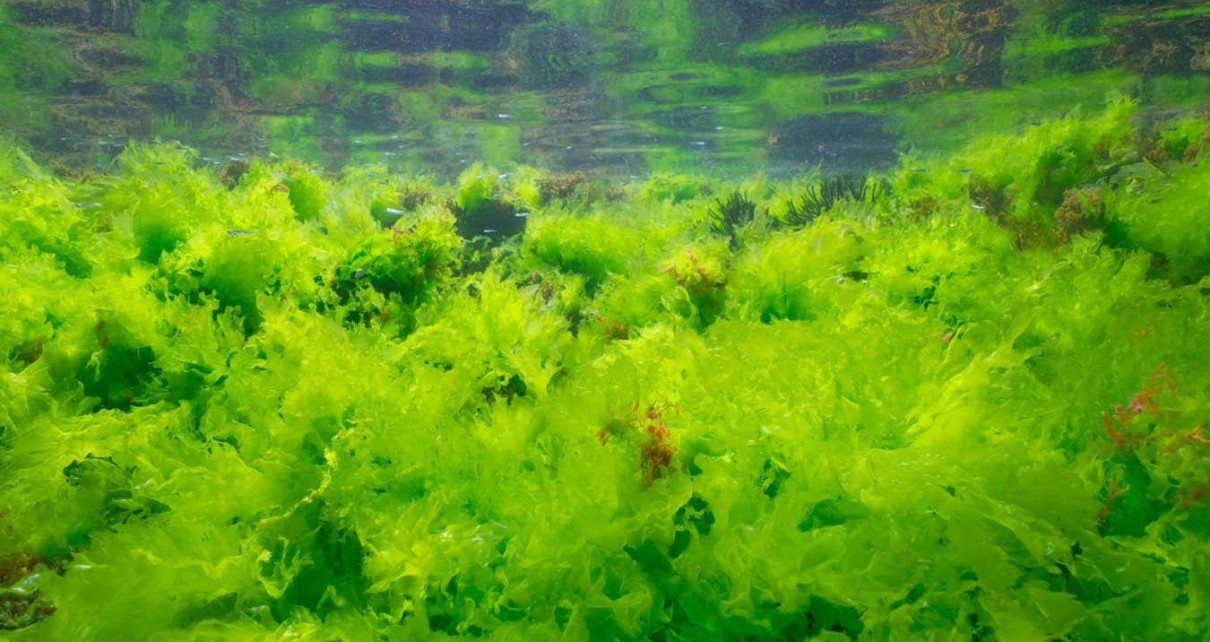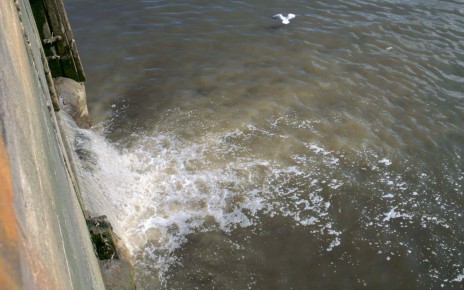[ad_1]

Sea lettuce is an edible alga found on coastlines around Europe
Seaphotoart / Alamy
People in coastal areas across Europe have been eating seaweed for thousands of years, traces of algae on their teeth have revealed.
There are over 10,000 species of seaweeds that grow close to coastlines around the world. Today, many of these organisms are considered a health food, particularly in Asia, with around 145 regularly eaten species.
“Seaweed is great. It’s available, it’s nutritious, it’s local, it’s renewable,” says Karen Hardy at the University of Glasgow in the UK.
There is little evidence for seaweed being a part of ancient diets, apart from at one site in Chile from about 14,000 years ago.
Hardy and her colleagues first discovered traces of seaweed in the calcified plaque on human teeth found at a Neolithic burial site in Orkney, Scotland, dating back around 5000 years.
“We were absolutely astonished,” says Hardy. “This is the first time anyone’s ever detected specific evidence for the consumption of seaweed [in dental plaque].”
After these initial findings, the team decided to expand their study to the rest of Europe. In total, they collected dental plaque samples from 74 individuals from 28 ancient sites in countries such as Spain, Portugal, Estonia and Lithuania.
Of these, 33 individuals had the chemical traces of seaweed or freshwater aquatic plants in their plaque. Those who were buried nearer to the coast were more likely to have evidence of seaweed consumption, while those inland tended to eat freshwater aquatic plants.
The results show that people ate seaweed and marine plants from the Mesolithic, around 8000 years ago, right through to the start of the Middle Ages, around 1500 years ago. This suggests that these foods may well have been a staple part of ancient Europeans’ diet for several millennia.
Since then, seaweed seems to have fallen out of fashion in Europe, says Hardy. “But it would be nice if this study could help to encourage a wider consumption of seaweed in Europe today.”
“This study is important for documenting the early consumption of this abundant maritime food source,” says Tom Dillehay at Vanderbilt University in Tennessee. “The presence of seaweeds in early European sites does not surprise me. I think that in many previous archaeological studies around the world, it was not a dietary element many people expected and thus [they] likely gave little [notice] to it.”
Topics:
[ad_2]
Source link




